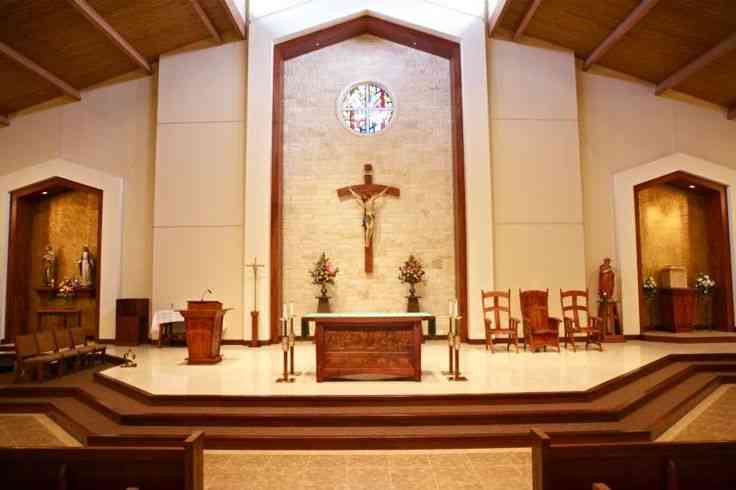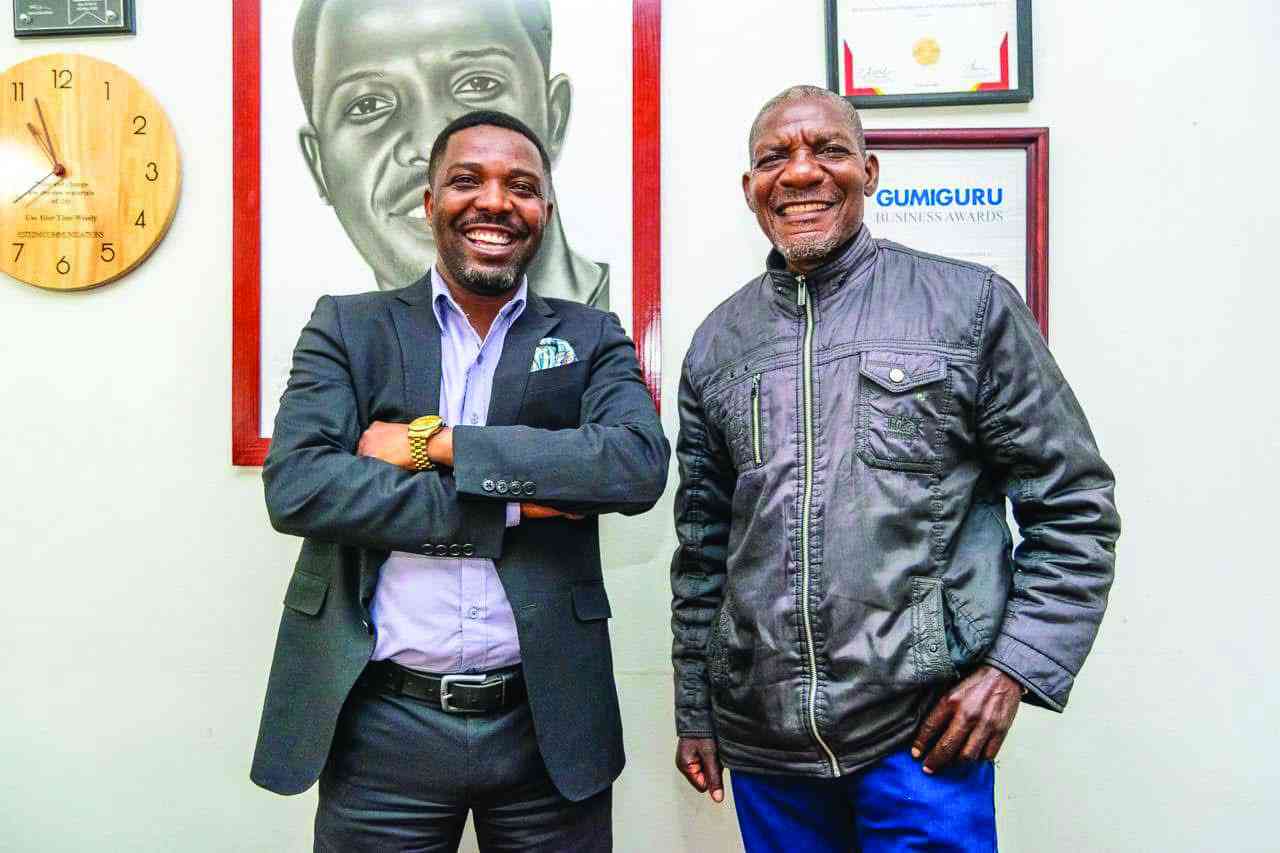
THERE is deep rhetoric that comes into my mind, which is of art as a way to understand divine and spiritual issues.
Can art in its beauty and aesthetics be a way to connect more with God as I write as a person who believes in God the creator?
There is the notion of art having the propensity of deepening the impact of the church, as it has become a neglected topic in the congregational world.
It is of importance to understand how the beauty of art in the life of faith can be both a luxury and necessity.
In its edutaining and empowering effect, art goes beyond the precepts of luxury.
Art in its beauty addresses the human need for hope, which is something that is inseparable from beauty.
Beauty in art gives meaning and the songs or iconography and other artifacts bring that effect of giving hope and the stimulation of the sense of belief.
In the Christian circle, the aesthetics of art remain of central importance in guiding the precepts of worship.
- Parly rejects Karoi Development Agenda petition
- GRDC in corruption allegations
- Divine insight: Secrets about prophetic timelines
- Grace tidings: Do you understand what it means to be holy?
Keep Reading
Many African cultures also emphasise the importance of ancestors as intermediaries between the living, the gods, and the supreme creator, and art is seen as a way to contact these spirits of ancestors.
Art may also be used to depict gods, and is valued for its functional purposes.
In the many religions of the world, art in its various manifestations is the essence of faith.
The power of art in the context of faith and belief is in the power of the collective effervescence which has a therapeutic effect.
Why is it, for example, that in Zimbabwe we dance, ululate and sing in churches, biras and funeral wakes?
This is because art has a therapeutic and healing effect in it. What it means is that at that moment people forget their problems in the moment of frenzy and enjoyment.
This is to mean that art in the context of faith has a healing effect.
Art is something that encapsulates the making of space both physical and mental, which helps in the facilitation of listening, searching and expressing feelings.
Art in the context of faith and belief is something that cultivates the ability that can be of help in the shaping and re-imaging of the future, which is something that transcends the present moment which is what the youth within our context need as an essence of hope.
Art has the power of giving the space for attention, which is something that has closeness to prayer.
In a world which has seen many of the youth lose hope and turn to drug use and abuse, art thus creates the safe space to take notice of them and also each other so that we can grow and develop as a society.
But how then can this be practicalised in our everyday context? I will use the example of Christian churches.
Churches have a role that they play in the manifestations of art and development instigation, through advocacy and empowerment initiatives.
In as much, in relation to their developmental aspect, churches remain instrumental as the safe spaces that contribute to the artistic development and psychosocial and spiritual development of individuals.
For example, most of my musical and artistic development has been nurtured within the context of the church.
I learnt how to train and conduct choirs and play different instruments like marimba and ngoma (drums) and hosho, and even the modern electric instruments from the church.
Churches have a role in a special way to invest into the artistic potential of the youth.
Many youth have potential and talent, which can be nurtured and grown.
But what is seen in the context of the many churches are the youth being sanctioned and not being given the opportunity to artistically express themselves in the form of worship.
Churches, especially in the Christian circles are affected by the cycle of traditionalism, which to many of the youth turns them off, and they exert their art into the world.
Churches have the mandate to invest and grow the artistic potential of the youth.
Harnessing this potential of the youth in a special way will be helpful in nurturing of a well astute character in line with their faith and beliefs. In essence, the system of faith and belief should also not be a factor that impedes the expression of artistic freedom in worship.
As we are living at a time when the scourge of drug abuse is ravaging many youths, churches should act as the spaces and platforms that promote growth and development of the youth in every sphere.
In a great many cases, the church tends to neglect the youth as the gospel has been centred on selling prosperity rather than the precepts of development. What people need is development physically, spiritually and emotionally.
Churches are good platforms for instigation of edutainment on wider social realities that may encapsulate gender based violence, sexual reproductive health of adolescent girls and young women, promotion of environmental awareness, charity work, and mental health activism which are all critical facets of development.
Churches can infuse art forms like theatre, visual arts and dance in such advocacy work, and they can also have a wider reach to the community which becomes informed on issues of development, which stretch beyond faith.
Congregations can set an example for others through activities such as neighborhood clean-ups. They can bring youth groups and Bible study groups to help senior citizens and other residents with activities such as raking off fallen leaves. The intent isn't to raise donations or evangelise, but to create a habit of serving others, which is the culture of development and positivity that has to be infused in the promotion of development.
In line with this the church can also be effective in the development of skills capacitation mechanisms like hairdressing, carpentry, joinery, upholstery, dress making, cutting and design, computer skills, and capacitation which can enhance the mind of youth entrepreneurship.
Churches are beyond spaces where the money is collected during offertory, but more practical ways of making the money have to be taught to the congregants so that they can self-develop and not only support self-styled pastors to become millionaires.
During these Easter holidays, we need to reflect that art has a deep influence on faith, and this is something that has a deep synergy with the power of faith and belief in the strengthening of development. This is enmeshed in the reality of how religion has a very deep link with development.
- Raymond Millagre Langa is musician, poet, orator, independent researcher and founder of Indebo edutainment Trust. You can follow on Face Book @Millagre Ray Langa, on Twitter you can follow on #Millagre Langa, email. [email protected] or [email protected]











